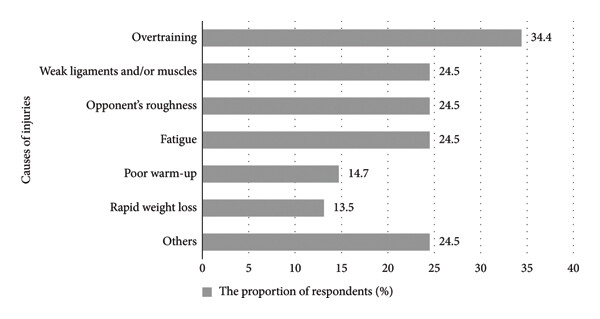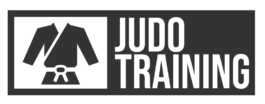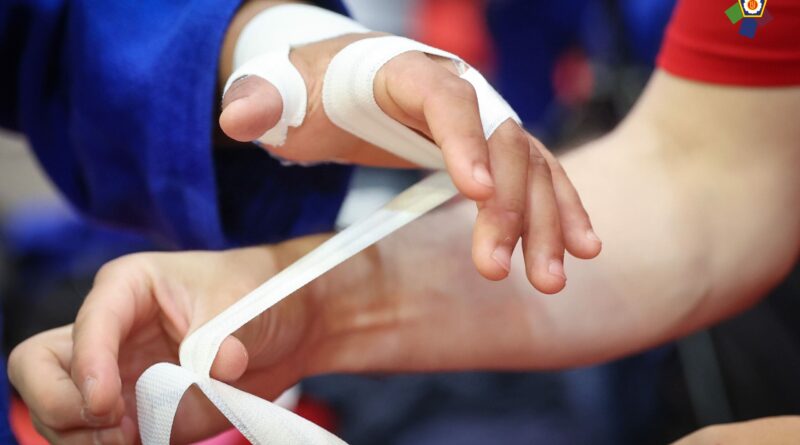Exploring the Relationships Between Determinants of Musculoskeletal Injuries in Combat Sports: Focus on Sambo and Judo
Lapaeva A, Belyaev V, Goryachkina V, Lobanova O, Rokotyansky V. Exploring the Relationships Between Determinants of Musculoskeletal Injuries in Combat Sports: Focus on Sambo and Judo. Transl Sports Med. 2025 Aug 6;2025:8209351.

ABSTRACT
The aim of the study was to identify the relationship between factors contributing to injuries among athletes in sambo and judo. We examined the influence and interaction of such injury factors in sambo and judo as rapid weight loss, competitions, training processes, the lateralization of an athlete’s fighting stance, and the X-factor. The survey involved 61 athletes (42 men and 19 women) over the age of 18, including 74% sambo practitioners and 26% judo practitioners of high athletic qualification with injuries to the upper and lower extremities. The odds of sustaining an injury during competitions among athletes who resorted to rapid weight correction were 5.59 times higher than among athletes who did not use RWL (OR: 5.59; 95% CI: 1.77-17.71, p=0.004). The odds of injuring the ipsilateral limb with a pronounced lateral right-sided or left-sided stance were 18.13 times higher than for the contralateral limb (OR: 18.13; 95% CI: 4.81-68.36, p < 0.001). The results of our study show that the relationship between factors such as rapid weight loss and participation in competitions (p=0.004), as well as an asymmetric fighting stance reflecting lateral preference and the side of the injured limb (p < 0.001), statistically significantly increases the risk of injuries in sambo and judo. The presence of signature techniques involving rotational throws in an athlete’s arsenal did not significantly affect lower back pain (LBP) or injuries.
Keywords: athletic injuries; back injuries; judo; sambo.

Download the full article HERE.

